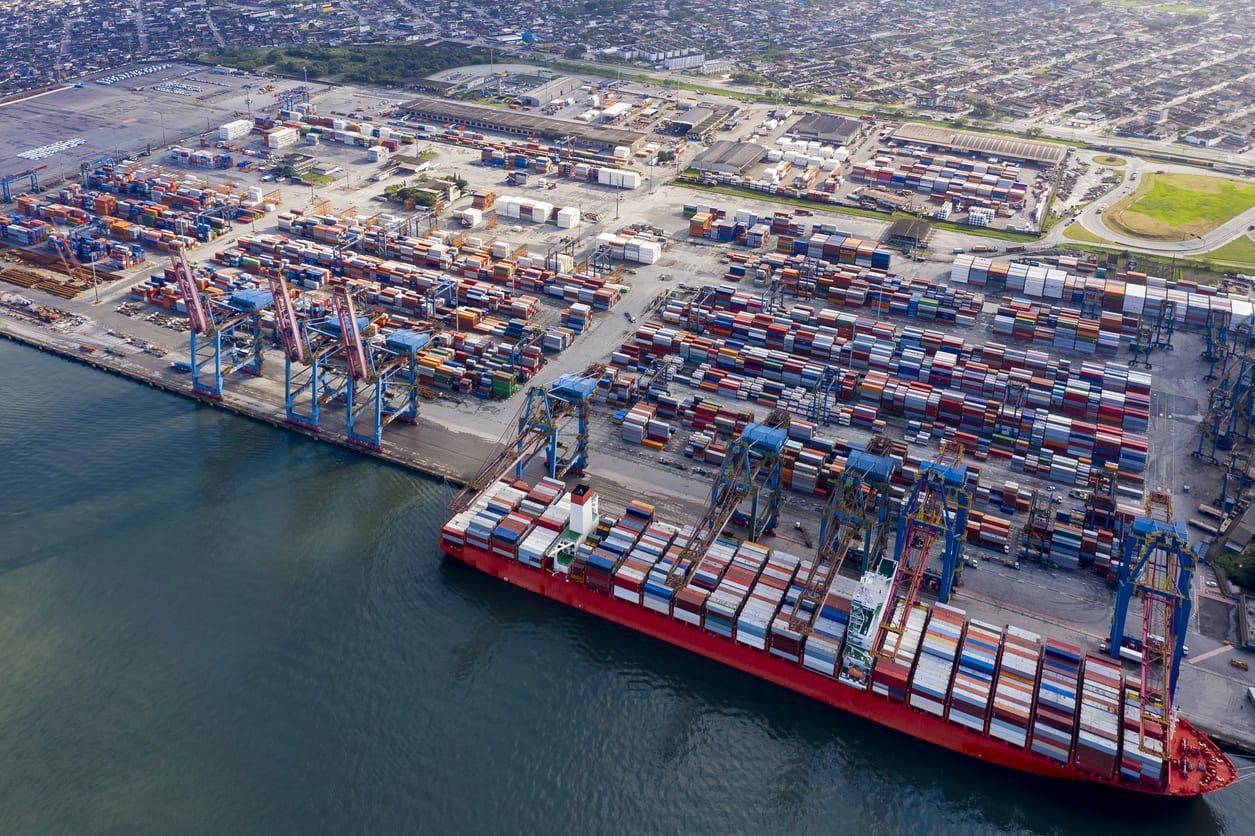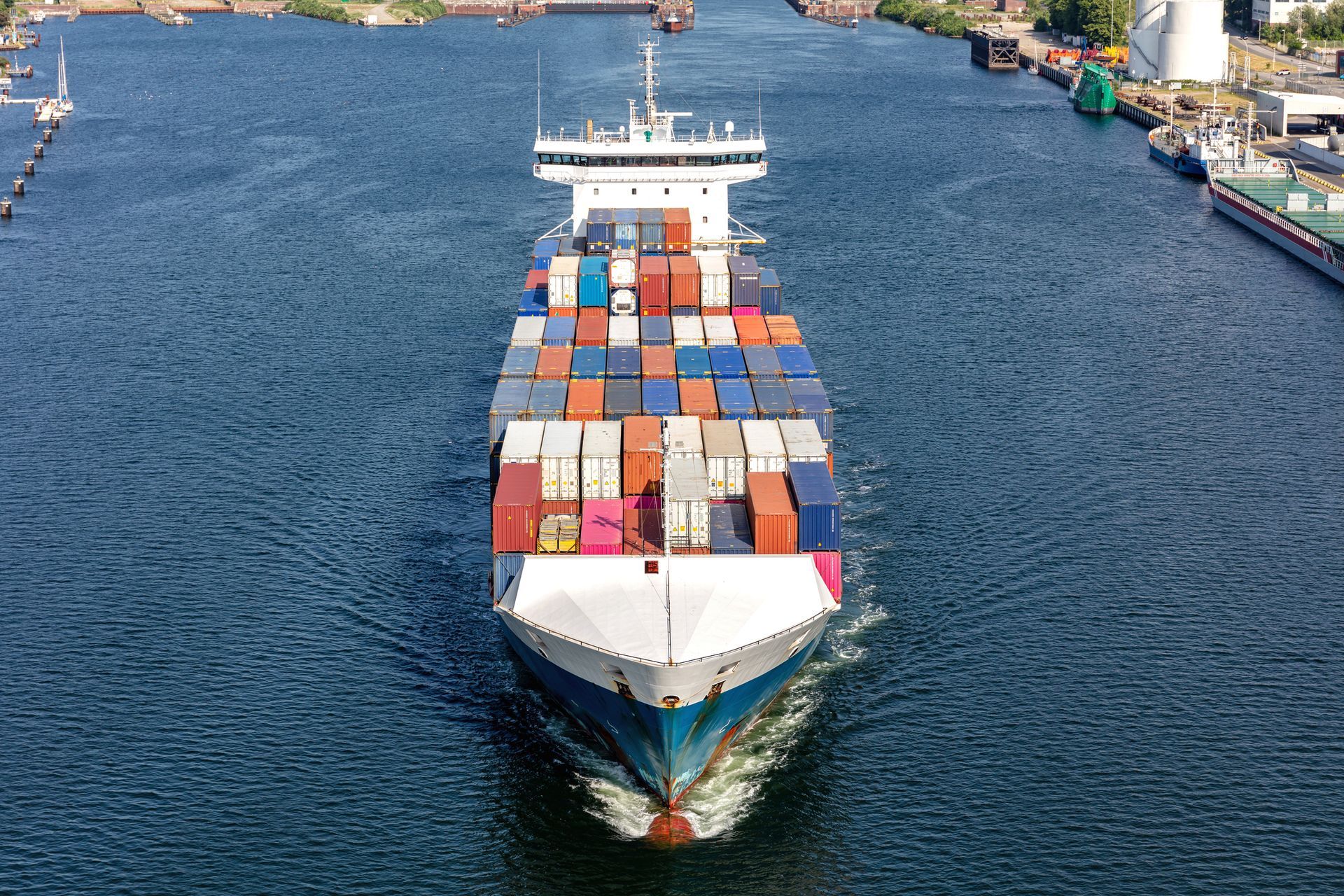
Have you ever stopped to think about how products are classified on international trade routes? Imagine a world where each country has its own classification system for goods. The confusion would be immense! That's where the NCM comes in, a code that may seem simple but carries a huge responsibility.
At the heart of commercial transactions, especially between Mercosur countries, the Common Nomenclature of Mercosur (NCM) is established as the standard language, ensuring that everyone "speaks" the same language when it comes to categorizing and identifying goods.
But why is this so important? And how, among thousands of products, is a specific code determined for each one? That's what we'll talk about in this article.
NCM: what is it?
The acronym NCM refers to the Common Nomenclature of Mercosur. This is an essential code in the foreign trade scenario of Brazil and, indeed, of all Mercosur member countries. Instituted since January 1995, the NCM has a crucial function: to classify goods in a standardized manner.
When looking at the NCM table, we realize that this coding system is not a mere set of arbitrary numbers. It is based on the HS - Harmonized System of Designation and Coding of Goods, an international method of categorizing products that facilitates transactions and commercial understanding between countries.
When goods circulate in Brazil, they must be linked to an NCM code. This code not only identifies the type of product in question, but is also essential for the correct issuance of official documents, such as the invoice.
This reinforces the importance of knowing and correctly applying the NCM in foreign trade operations. It is worth noting that the NCM code query can be easily performed on platforms such as the NF-E website, as well as on other specialized systems.
Where is NCM used?
In essence, the NCM is intrinsic to several stages of the commercial process, from the issuance of documents to customs clearance. We cannot ignore its strong presence, especially in electronic invoices.
In this context, the NCM code must not only be there, but it must be highlighted in a specific field, underlining its crucial role in the categorization and registration of goods.
However, the influence of the NCM is not limited to our national territory. When we venture into foreign trade, we quickly notice its importance in vital documents for export and import.
To illustrate, we have examples such as the Commercial Invoice and the Bill of Lading, the latter being a pillar in the international transport of goods that, naturally, requires the correct indication of the NCM code.
In addition, specialized platforms, such as Siscomex Importação web and Siscomex Exportação, which play a central role in foreign trade operations, also rely on the NCM to ensure the accurate classification of goods.
The structure of the NCM code
The NCM code is meticulously structured and serves as a coded language for classifying goods within the scope of Mercosur. Composed of eight digits, each segment of the code has a specific meaning that details the nature of the merchandise in question. Let's break down this structure:
Chapter: The first two digits of the code. These are directly derived from the HS (Harmonized System) and establish the broad category to which the merchandise belongs.
Position: Followed by the Chapter, the next two digits provide a more specific definition within the broad category previously established.
Subheading: Further deepening the classification, digits six and seven specify the subheading of the merchandise.
Item: The seventh digit, which acts as a further refinement of the classification.
Subitem: The eighth and final digit, which further details the specification of the product, giving it an almost unique identity within the NCM system.
By understanding each component of this structure, it becomes clear that the NCM code is not just a set of random numbers. Instead, it is a calculated combination that offers a detailed and systematic description of goods, facilitating their identification and categorization in the Mercosur trade landscape.
To find out the NCM of a product, simply consult the NCM Online of the Classif System.
What are the laws related to NCM?
The NCM code plays a vital role in the world of foreign trade, being the cornerstone for the classification of goods. Given its relevance, a series of laws and regulations are associated with its use, ensuring that all related processes are conducted in an accurate and informed manner.
For importers, exporters and other agents of international trade, being aware of these guidelines is not only recommended, but essential.
Here are some of the main laws and regulations related to the NCM:
Brazilian Customs Regulations
This regulation details rules for the tax classification of goods. This is where the NCM code is emphasized, indicating its importance and application methods.
CAMEX (Chamber of Foreign Trade) Resolutions
Within these resolutions, we find definitions of specific Import Tax rates for NCM codes. In addition, they address special measures, such as anti-dumping or safeguards, aimed at goods identified by specific NCM codes.
Normative Instructions of the Brazilian Federal Revenue Service
The RFB regularly issues instructions that clarify aspects of tax classification and use of the NCM. These instructions also address tax benefits, special regimes and other topics that directly impact the taxation of goods.
Mercosur Decisions
Since the NCM is shared by Mercosur countries, decisions taken within this bloc may affect the way the nomenclature is used or even updated.
Classification Queries
These are opportunities for companies to seek clarification from the IRS on how to classify a product under a specific NCM code. The response to such queries contributes to the formation of administrative jurisprudence, guiding similar situations in the future.
The latest NCM updates
For those involved in the world of foreign trade, keeping up with the frequent updates to the NCM table is essential. These changes reflect the need to adapt and update to new market demands, environmental and social issues, and other crucial aspects.
Update 2020
At the beginning of 2020, specifically on January 1st, there were several changes to the NCM table. Some NCMs were introduced, while others ended their validity on December 31st, 2019.
Update 2021
On July 1, 2021, another series of changes occurred, resulting in the inclusion of 49 new codes and the exclusion of 14. These modifications were in accordance with Gecex Resolutions No. 164 and 165. It is worth noting that, despite the removal of some codes, they remained usable until August 31, 2021, except for export NF-e.
Update 2022
The year brought an important revision on April 1st. The Foreign Trade Chamber (Camex) published Gecex Resolution No. 272, which aligned with the changes to the 2022 Harmonized System. This update highlighted concerns with global issues, such as environmental issues, human security and even the fight against terrorism. The balance of the changes resulted in 537 new NCMs and 441 abolished.
Update 2023
A new revision of the NCM table is already anticipated, scheduled for November 2023. The preliminary list already shows several additions and changes in different codes, reflecting the constant dynamics of adaptation and refinement of the table to commercial and regulatory reality.
For example, codes such as 1901.20, related to mixes for bakery products, will undergo modifications, as will others that include food supplements, cartilage regenerators, among others.
Conclusion
Understanding the NCM is more than just deciphering a series of codes; it is understanding the language of international trade, enabling efficient and accurate communication between countries.
The NCM not only facilitates commercial transactions, but also ensures that goods are correctly categorized and taxed, minimizing errors and maximizing efficiency. As the world of trade continues to evolve, so will the NCM, reflecting the ever-changing needs and realities of the market.
Now that you understand the relevance of the NCM in the international trade scenario, how about delving even deeper into the nuances of international trade? We invite you to explore our material on LCL, a mode of transportation that can be the key to optimizing your import and export operations.
Continue a navegar no blog da Allink

Mantenha-se informado sobre o comércio exterior
Assine nossa newsletter e receba atualizações semanais de forma gratuita sobre o mundo da logística.




